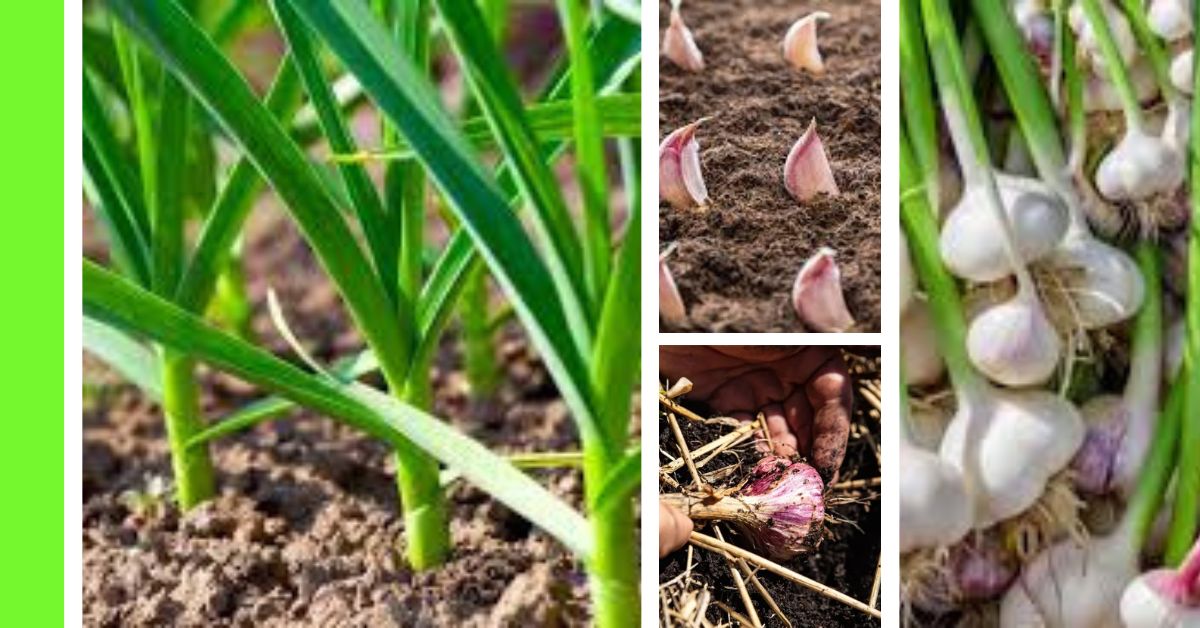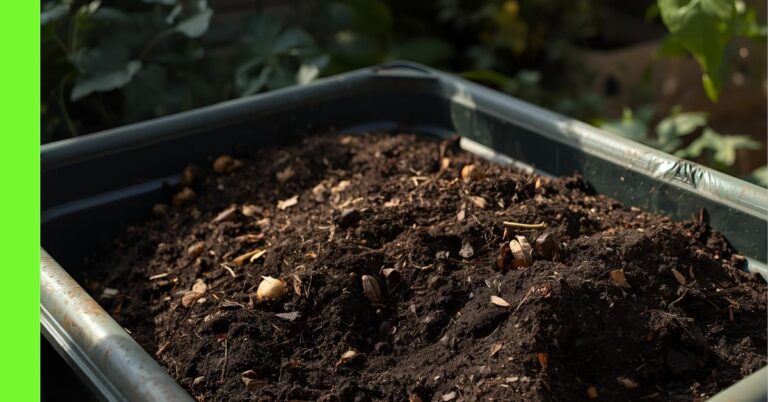How to Plant Garlic: A Step-by-Step Guide

Garlic (Allium sativum) is a popular culinary and medicinal plant, valued for its pungent aroma and health benefits.
As demand grows in Nigeria, many farmers and gardeners are eager to learn how to grow this profitable crop.
This guide will take you through all essential aspects of garlic farming in Nigeria, from planting to pest control, including an estimated yield per plot size.
Description of a Garlic Plant
Garlic is a bulbous plant belonging to the Allium genus, closely related to onions, leeks, and chives.
Its main structure is a bulb divided into cloves, each capable of sprouting and developing into a new plant.
The garlic plant produces long, slender green leaves that grow upright, typically reaching 1 to 3 feet in height.
Garlic thrives in sunny environments with well-drained soil and moderate water.
Planting Season for Garlic in Nigeria
Garlic is best planted in Nigeria during the dry season, starting around October to November.
This period provides a cool, dry environment suitable for bulb development, avoiding the risk of waterlogged soil that can occur during the rainy season.
Planting at the right time ensures that the garlic has a stable, cool period to establish roots before the warmer months encourage foliage and bulb formation.
Planting Garlic
Growing garlic involves several steps to ensure healthy plant growth and a bountiful harvest.
Let’s break it down step-by-step.
Step 1: Choose a Location
Garlic needs full sunlight to thrive, so select a location that receives at least 6-8 hours of direct sunlight daily.
Avoid shaded or damp areas, as these conditions can lead to fungal diseases.
The area should also be safe from strong winds that could damage the plants as they grow.
Step 2: Land Clearing and Preparation
Prepare the land by clearing all weeds, rocks, and debris.
Garlic requires well-draining soil with a pH between 6 and 7, ideally enriched with organic matter.
Tilling the soil to a depth of 10-12 inches helps loosen compacted areas and improves drainage.
Step 3: Means of Propagation
Garlic is typically propagated using cloves, which are sections of the bulb.
Each clove has the potential to grow into a full garlic plant.
While garlic can be grown from seeds, it’s much less common and takes longer to mature.
Using cloves is faster and results in a better yield.
Step 4: How to Plant Garlic from Cloves
- Separate the cloves: Gently break apart the garlic bulb into individual cloves, leaving the papery husk on each clove.
- Planting depth: Plant each clove about 2-3 inches deep, with the pointed end facing up. This allows the sprout to emerge more easily.
- Spacing: Space the cloves 6 inches apart in rows that are 12 inches apart. Adequate spacing reduces competition for nutrients and helps prevent the spread of disease.
Step 5: Watering
Water the garlic immediately after planting to help the cloves settle in the soil.
Keep the soil moist, but avoid overwatering, as garlic is susceptible to rot in waterlogged conditions.
During the dry season, water the plants once or twice a week, ensuring that the soil remains moist but not soaked.
See Also: Watering Techniques For Healthy Plant Growth
Step 6: Apply Manure
Organic manure, such as compost or well-rotted cow manure, should be applied to provide the garlic plants with essential nutrients.
Apply manure to the planting beds a few weeks before planting, mixing it well into the soil.
Garlic is a heavy feeder, so additional applications of compost or a balanced fertilizer every few weeks will support healthy growth.
Maturity and Harvest
Garlic takes around 5-7 months to mature, depending on the variety and growing conditions.
Harvesting typically occurs between May and June in Nigeria.
When the lower leaves begin to yellow and dry out, the garlic is ready for harvest.
Gently dig up the bulbs and allow them to dry in a well-ventilated area, away from direct sunlight.
After a few weeks, the garlic will be fully cured and ready for storage or sale.
Store garlic in a cool, dry, and dark place to prevent sprouting and prolong shelf life.
Pests and Diseases
Some of the common pests and diseases affecting garlic plants include:
- Aphids: Small, sap-sucking insects that can stunt plant growth.
- Onion thrips: These pests feed on garlic foliage, causing leaves to wither.
- White rot: A fungal disease causing white, fluffy growth on garlic roots.
- Rust: This fungal disease leads to yellow or orange spots on leaves.
Pest and Disease Control
- Aphids: Use neem oil or insecticidal soap as a preventive measure. Introducing beneficial insects like ladybugs can help control aphid populations naturally.
- Onion Thrips: Implement crop rotation and avoid planting garlic near onions. Use insecticides if needed.
- White Rot: Avoid planting garlic in infected soil and practice crop rotation.
- Rust: Ensure proper spacing and air circulation. Fungicides can be applied if necessary.
Regular inspection and maintaining healthy soil conditions help in early detection and control of most garlic-related pests and diseases.
How Many Garlic Plants Can I Grow on a Plot of Land 50 ft by 100 ft, and What Quantity of Garlic Can I Harvest?
A plot measuring 50 ft by 100 ft provides approximately 5,000 square feet of planting area.
Given that garlic is typically spaced 6 inches apart with rows spaced 12 inches apart, you could potentially plant around 4,000 garlic cloves in this plot.
Each garlic plant will yield one full bulb, with a typical bulb weighing about 50-60 grams.
Based on this estimate, a well-maintained plot could yield between 200-240 kg of garlic, depending on the health of the plants, soil quality, and farming practices.
With the growing demand for garlic in Nigeria, this yield can represent a profitable venture for both small-scale and commercial farmers.
I hope this article was helpful.
Is there any crop you want to grow and can’t find in our How to Grow category?
Let us know; leave a note in the comment box below.







Leave a comment…THANKS